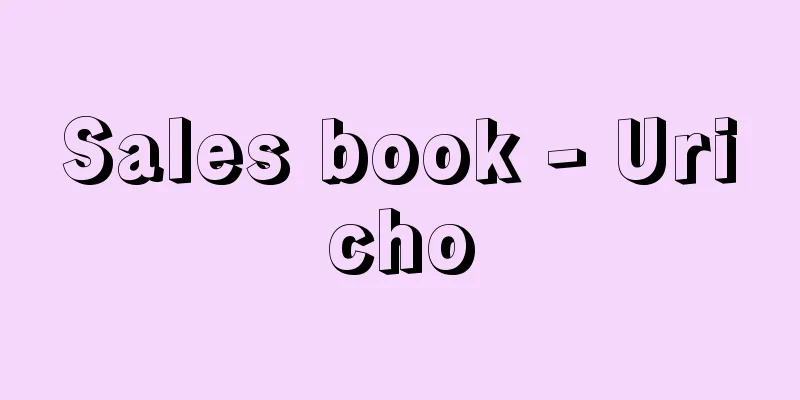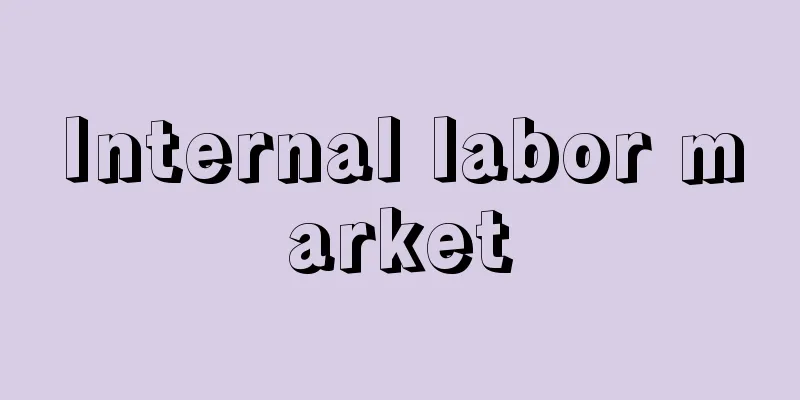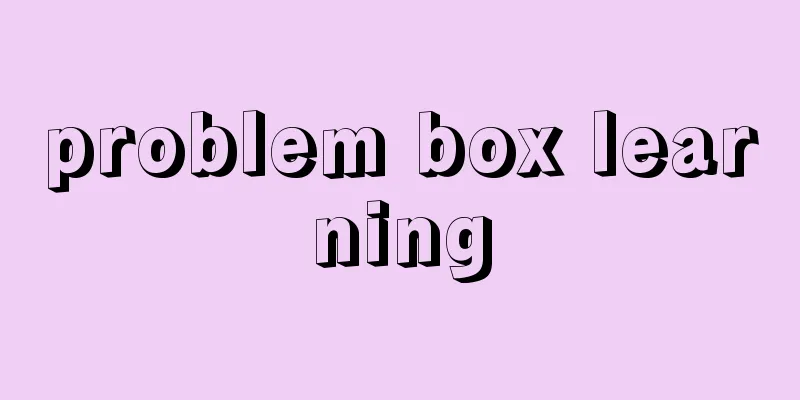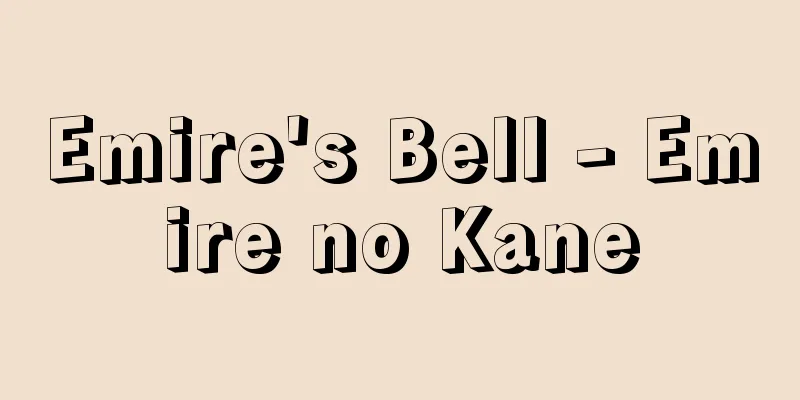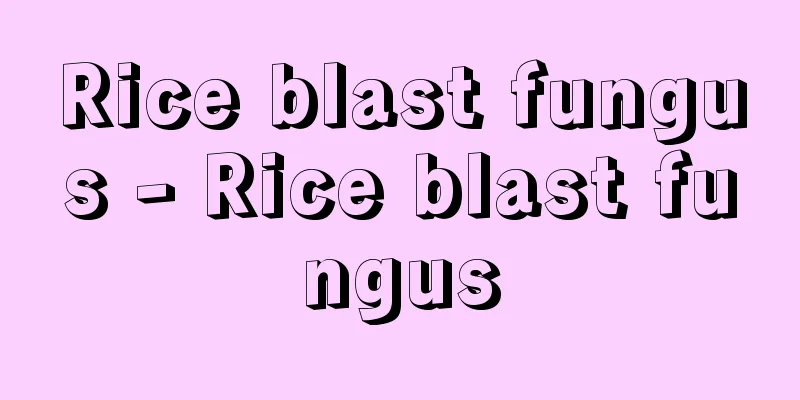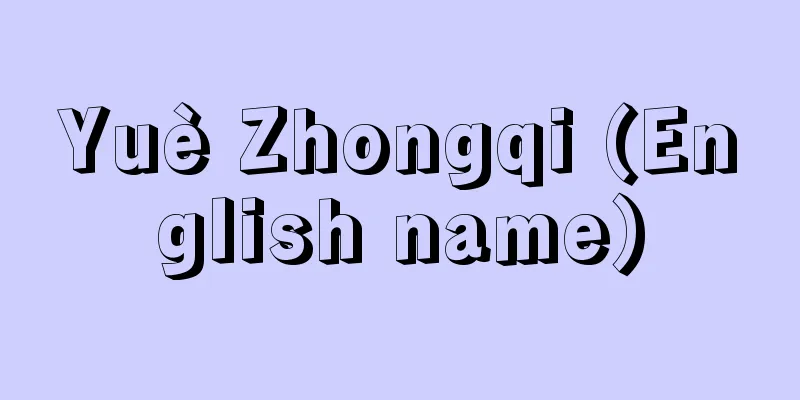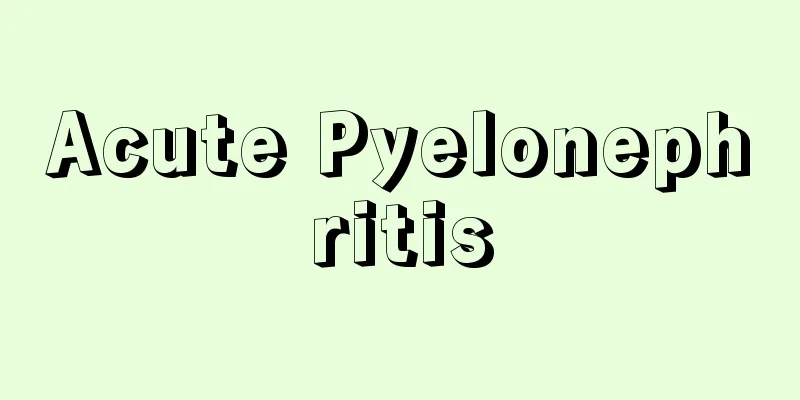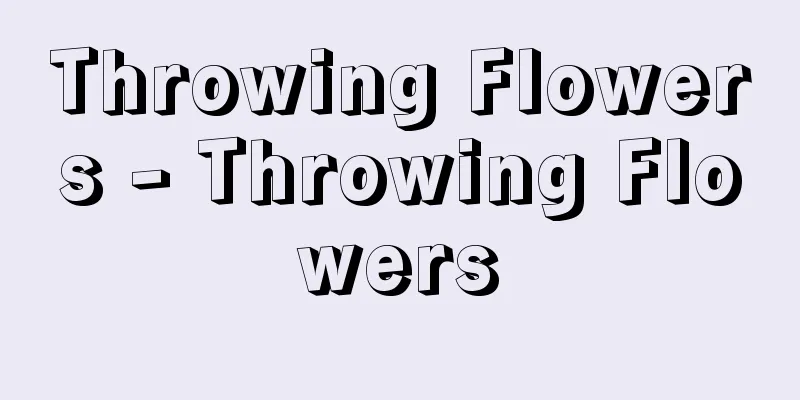Educational Program - Kyoikuban Gumi
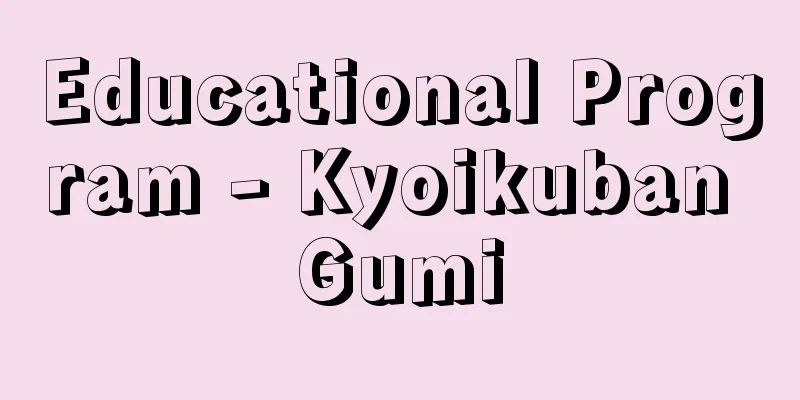
|
According to the Broadcasting Law, educational programs are "broadcast programs for school education or social education." On the other hand, the law also stipulates that when planning, editing, and broadcasting educational programs, "the content of the broadcast must be effective and appropriate for the intended audience, must be systematic and continuous, and the broadcast plan and content must be made known to the public in advance, (omitted) and if the program is intended for schools, the content must conform to the curriculum standards set forth in the laws and regulations relating to school education," and it specifically limits the scope of content for programs intended for school education, clarifying the points that producers must consider. [Shinohara Fuyoji] Classification of educational programsEducational programs are classified by audience, such as for adults, for young children, and by content, such as school broadcasting programs, science programs, correspondence education programs, etc. However, these are merely classifications made by the producers. It can be said that it is extremely difficult for viewers to classify and define them. The development of printing and communication technology, especially the ease of publishing and viewing information on the Internet through homepages, has expanded viewers' interests and raised their desire to collect information in a planned manner, and has made it possible for producers to know the contents of all programs in advance, making it possible for them to produce programs in an organized and continuous manner. Therefore, even if a program is not one of the "educational programs" listed above, there are many programs that can be classified as educational programs if viewers judge them to have educational value and use them in school education and social education activities. In particular, in science, art, world history, Japanese history, and other fields, general programs such as documentaries and news programs with excellent educational value can be found other than "educational programs." Viewers, therefore, need to develop the ability to explore the intentions behind the production of programs, identify programs that can be effectively used in school education and social education, and actively use broadcasting. Today, personal computers equipped with the ability to freely transmit independently produced videos are widely available, and the barriers between broadcasting and communications are becoming increasingly blurred. In this context, the ability to critically interpret programs and other visual information in general is called "media literacy," and the methods and content of its development are becoming issues. [Shinohara Fuyoji] "Media Literacy Methods" by Art Silverblatt et al., supervised translation by Hisashi Yasuda (2001, Liberta Publishing) " ▽ "Introduction to Television Production: Planning, Interviewing, and Editing" by Yoshiaki Yamato (Heibonsha Shinsho) [References] | | |Source: Shogakukan Encyclopedia Nipponica About Encyclopedia Nipponica Information | Legend |
|
放送法によれば教育番組とは「学校教育または社会教育のための放送番組をいう」とある。一方、教育番組の企画・編集および放送にあたっては、同じく「その放送の対象とする内容がその者に有効適切であり、組織的かつ継続的であるようにするとともに、その放送の計画および内容をあらかじめ公衆が知ることができ、(中略)当該番組が学校向けのものであるときは、その内容が学校教育に関する法令の定める教育課程の基準に準拠するようにしなければならない」と性格を規定し、とくに学校教育向けの番組については内容の範囲を限定し、制作者側が考慮しなければならない点を明確にしている。 [篠原文陽児] 教育番組の分類教育番組は、視聴者により、成人向け、青少年向け、幼児向けなど、内容により、学校放送番組、科学番組、通信教育番組などに分類される。しかし、これらはあくまでも制作者側の分類である。視聴者側での分類・定義はきわめて困難であるといえる。印刷・通信技術の発展、とくにインターネット上のホームページによる情報の公開と閲覧のしやすさは、視聴者側の興味・関心の広がりと計画的情報収集意欲の高揚とともに、すべての番組内容を事前に知ることを可能とし、制作者側にあっては組織的・継続的番組制作を可能にしている。したがって、先に掲げた「教育番組」でなくても、視聴者が教育的に価値ありと判断して、学校教育や社会教育の諸活動のなかで活用すれば、教育番組に分類しうる番組が多いということである。とくに科学、美術、世界史、日本史などにおいては、「教育番組」以外で、優れた教育的価値のあるドキュメンタリー、ニュースなどの一般番組をみいだすことができる。 そこで視聴者側では、番組の制作意図を探求し、学校教育や社会教育で有効に活用できる番組を見分け、積極的に放送を活用していく目を養う必要がある。今日、自主制作映像などを自由に発信できる機能を備えたパーソナルコンピュータも広くみられ、ますます放送と通信の垣根がなくなってきている。こうしたなかで、番組など映像情報一般を批判的に読み解く能力を「メディアリテラシー」とよび、その育成方法や内容が課題となっている。 [篠原文陽児] 『アート・シルバーブラット他著、安田尚監訳『メディア・リテラシーの方法』(2001・リベルタ出版)』▽『山登義明著『テレビ制作入門――企画・取材・編集』(平凡社新書)』 [参照項目] | | |出典 小学館 日本大百科全書(ニッポニカ)日本大百科全書(ニッポニカ)について 情報 | 凡例 |
<<: Public funding for education - Kyoikuhikouhifutanshugi
>>: "Humans as the object of education" - Humans as the object of education
Recommend
Bondol, J.
…A set of seven tapestries on the theme of the Ap...
Artemisia annua (English spelling) Artemisia annua
…[Hiroshi Aramata]. … *Some of the terminology th...
GEK - Global Evolution
Also known as an electromagnetic current meter or ...
cleaner fish
...Many species have developed various habits, su...
Laws for the Imperial Court and the Nobles
A law from the Edo period. Drafted by Konchiin Sud...
Okhotsk culture
This culture was left behind by people who made t...
Reference dimensions - Kijunsunpo
...Accordingly, in practice, two appropriate maxi...
Company town (English spelling)
...This refers to a city that was formed in conju...
Local exam - Kyoushi
〘 noun 〙 One of the examination stages of the impe...
Pöppelmann, MD
…It was built in 1711-28. The architect was Matth...
Medicine
〘Noun〙 An unmarried girl who drinks the toso ( sak...
Akiba Sanjakubou
…However, the central figure that has come to att...
Campari and Soda
…Put three cubes of ice into a 10-ounce tumbler, ...
Wang Xiao-bo (English spelling)
[raw]? [Died] Junka 5 (994) A leader of the Jinsan...
Defective administrative action - defective administrative action
...The former is when an administrative act is de...

